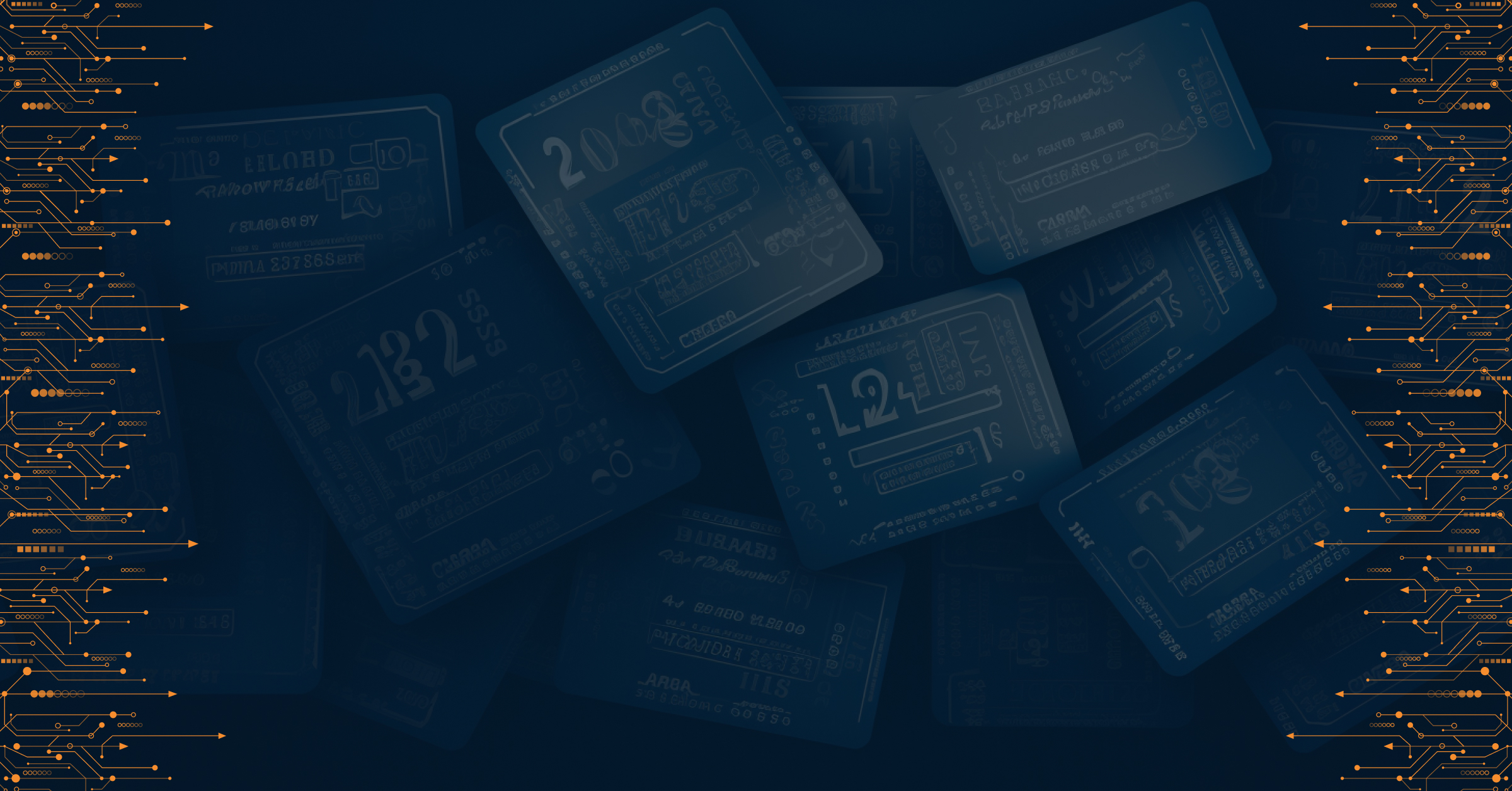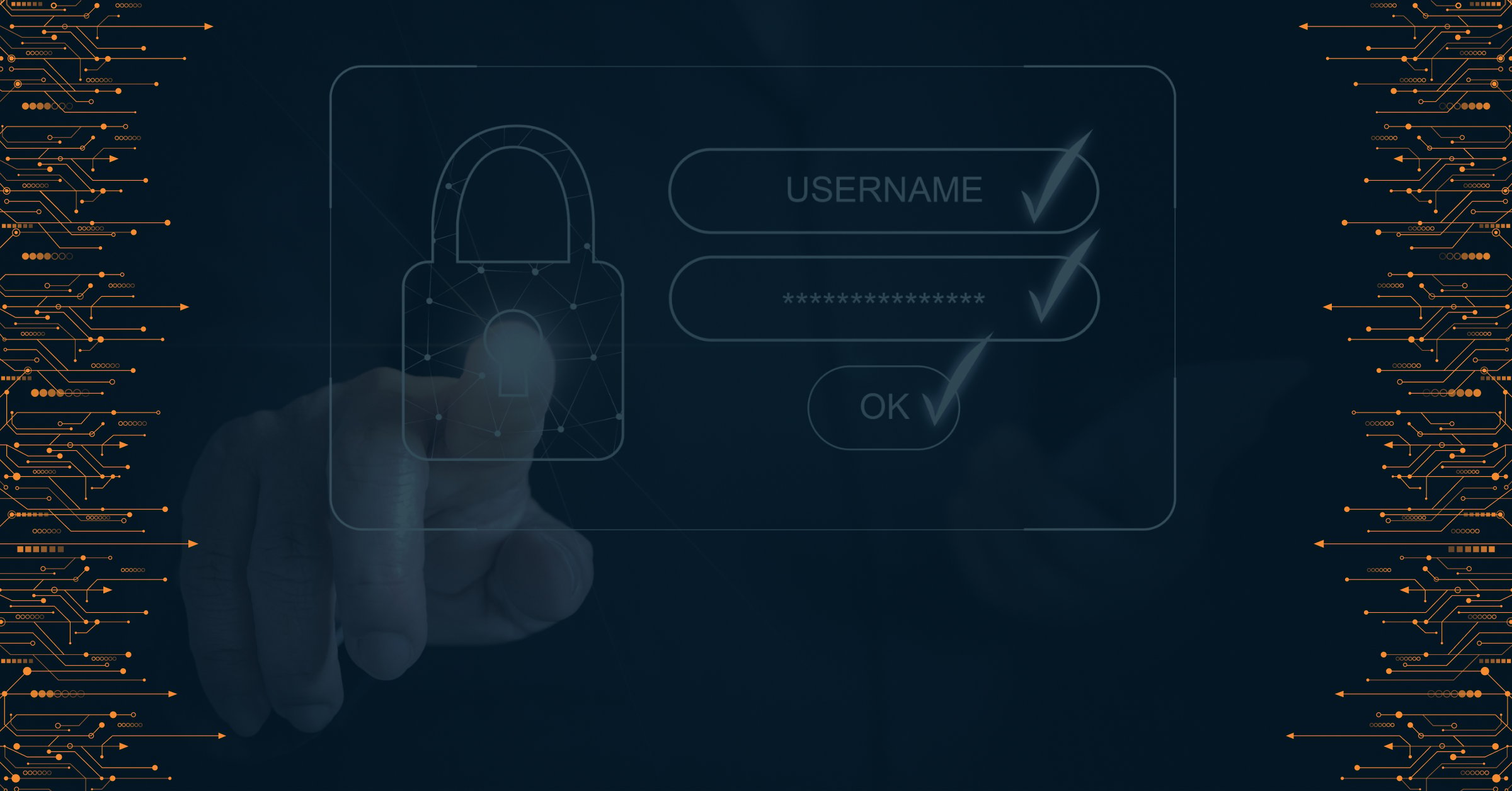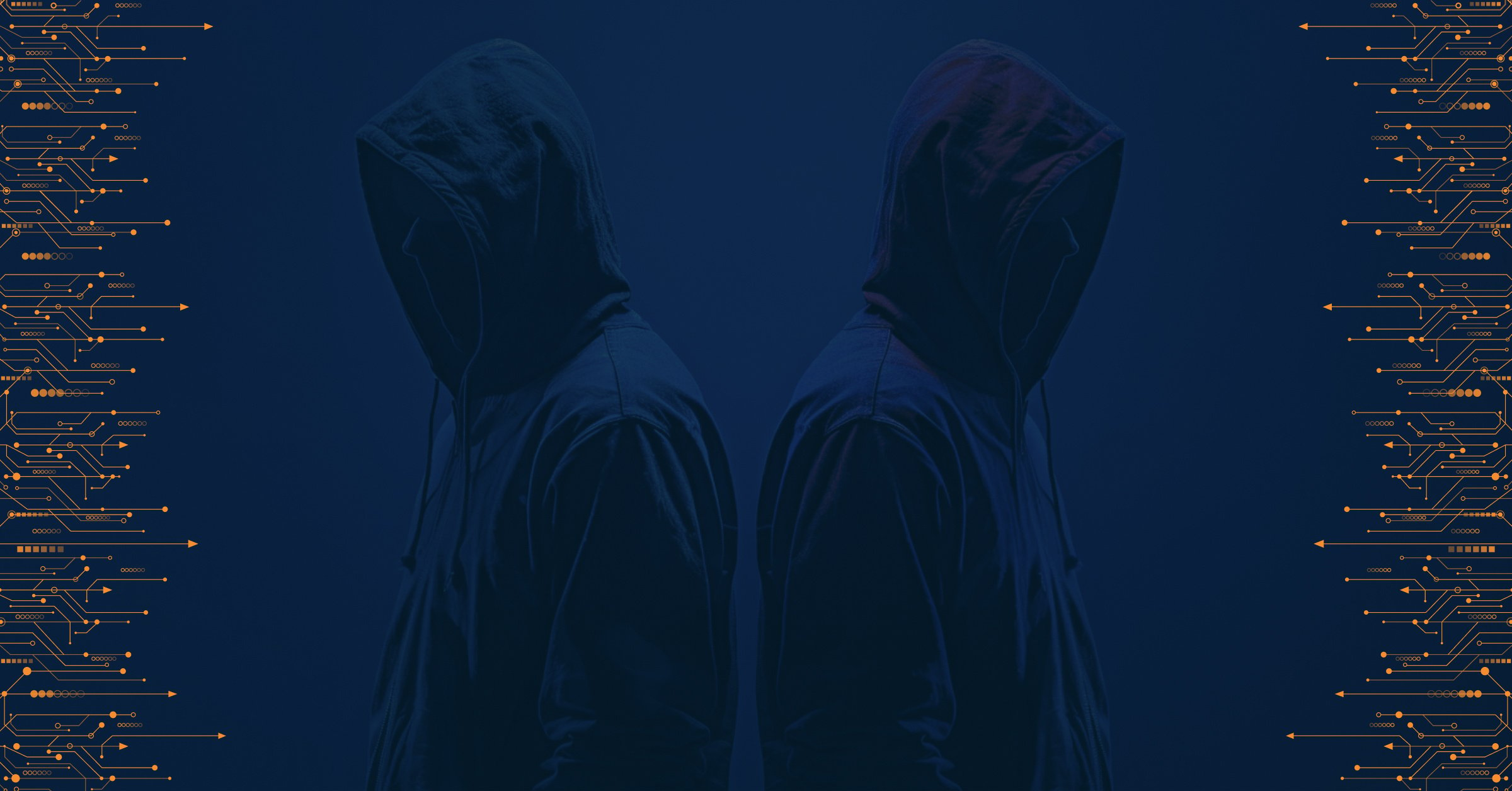Spoofing and phishing in cybersecurity are different from each other. Yet their attacks shake multiple industries, incurring a great loss of data and resources. Brand protection and cybersecurity teams then must find ways to remove these security barriers by coming up with adequate threat detection and mitigation solutions.
What Is The Difference Between Spoofing and Phishing?
What Is Spoofing?
Spoofing is the approach used by attackers to smartly convince the receiver to hand over sensitive information. They pretend to be someone (or something) else to gain access to this type of information. People assume that the email, call, or invite is genuine as the criminals often mention names of renowned products or companies. The person who is spoofed ends up sharing their personal data, which the hacker uses to their benefit.
Examples of Spoofing
A few common examples of spoofing include:
IP Spoofing
IP spoofing is the kind of spoofing where hackers create an IP address with fake details of the IP source. It happens when the attacker wants to send a request or ask for information but with a hidden IP address. This makes it look like the IP address is coming from an authentic source.
Spoofing is especially common during DDoS attacks, as hackers target an organization or a device without worrying about exposing their origin. These attacks usually happen on a network level. Therefore, users won’t even notice that an attacker has gotten access to sensitive information.
Email Spoofing
One of the very typical spoofing genres is email spoofing. Here, the malicious attackers send emails to people using fake sender addresses. At the same time, the content of the mail asks for money or infects your system with viruses. The nature of the email will be such that the user will be provoked to click on the link embedded in the email, assuming it to be genuine.
For instance, the cybercriminals will design an email replicating the format of PayPal that the user assumes to be authentic. The call to action might be “Response Required,’’ if you don’t, you will lose your account for good. Reading the latter line triggers nervousness in the reader, and as a result, the person opens the link, permitting their data to land in unsafe hands.
Website Spoofing
The threat actors take the lead here by creating a website that appears to look appealing and real to the visitors. But it asks for actions like installing the link to proceed forward that allow viruses to enter the system. It can also ask for recording a video and audio session over the internet that stands out as a significant red flag.
The hacking individuals can make a fake login page to attract users to step inside and enter their information. You must have observed such pages when even friends send you links as a prank.
Neighbour Spoofing
The actor will earn your trust by saying they know you personally and have your general and private information that scares the person. Of course, the hacker will keep their identity under the blanket and force you to take tension. They will also impose that if you disagree with the attacker’s conditions, then be prepared for the negative consequences. Such an example includes calls that can be from a “bank”, where the person will act like a manager to make you reveal your OTP and necessary details.
What Is Phishing?
After understanding spoofing and its examples, we head towards phishing.
Phishing takes place when malicious hackers craft and send messages that make them appear as a reliable entity or a person, similar to spoofing. The biggest difference, however, is that the text is manipulative enough or includes some sort of fabricated plot to pressure the user at the expense of sheer tension.
The user then, to avoid getting stuck in any mess, gives out their data or clicks on suspicious links. This acts as an open invitation to gather sensitive information.
How Does Spoofing and Phishing Attacks Affect Various Businesses?
The spoofing and phishing attacks do not appear as good news, irrespective of any industry. It is all about the manipulation of the attackers, to target a victim covertly and accomplish their mission.
Let's set an example in case the malicious hackers aim at a financial institution, then the below-stated consequences will surface:
Loss of Important Data
The first and foremost important aftermath will be the loss of data. A bank holds the information of several customers, clients, and stakeholders. The hacker will face no barriers to entering the organization’s system. He will be imitating a representative of the bank and calling an employee to tell the details. Once done, the organization lands in hot waters because of the folly.
Damages Reputation in The Market
A compromising situation for the entire organization will be when the spoofing and phishing scam damages its reputation. The scenario will raise questions about their software’s security and confidence in such an entity. Such as why wasn’t the software protected to prevent the breach of data from happening, or staff trained enough to recognize those threats. The customers lose faith in the financial institution and might instead take their loyalty to a competitor, where they expect safety.
Loss Of Money
When you fail to protect the data of the customers then as a natural reaction, the clients might ask to give them some type of compensation. If you're a banking institution, facing a loss of money might look like a refund to the customers who had to suffer the unexpected results of watching their data leaked.
The threat actors use this opportunity to benefit them by claiming to be another person. By this, they request them to transfer the amount of funds to their company’s account as an excuse for financial recovery.
What Threat Detection Solutions Should Be Applied for Protection?
An array of threat detection solutions exists to protect your systems from getting spoofed or phished. Look at the examples below:
Learn What a Phishing Scam Looks Like
Phishing scams have gained more strength with time, and you must learn how to identify them. Many websites inform you about the latest types of attacks. You can read them, keep yourself updated, and possibly help others through security training. The earlier, the better it will be for you and your company.
Install Anti-Phishing Add-Ons
Anti-phishing add-ons are available on many browsers now. Enable their protection to alert you when any malicious or mysterious activity happens and stop you from visiting the website. The feature is free; therefore, there is no need to worry about installing it on everyone’s computers.
Organise Security Awareness Training
It is advised not to remain confined to technical security measures to prevent phishing but also organize security awareness training as well. The training should serve its purpose of spreading awareness amongst the employees and other departments. Teach them how to identify such attacks so that the knowledge can facilitate them to combat and report similar attacks and keep the organisations safe from ending in trouble.
Conclusion
Spoofing and phishing are different in nature yet have disastrous effects. Now you know the types of these attacks. If you are unsure about your capacity to detect and mitigate such threats, don’t hesitate to explore which threat intelligence solutions can help you to be safe from falling into the trap.

PRODAFT Team
Stay up to date
Browse Posts
Browse by topics
- Cybercrime awareness (15)
- Cybersecurity for Businesses (10)
- Risk management (7)
- Cybersecurity Tips (6)
- Digital safety (6)
- Proactive Threat Intelligence (6)
- Cyber threat protection (5)
- Cyberattacks (5)
- Risk intelligence (5)
- Threat Prevention (5)
- Data Protection (4)
- Network Security (4)
- Phishing (4)
- Supply chain risks (4)
- TTPs (4)
- Artificial intelligence (3)
- Critical network infrastructures (3)
- Malicious websites (3)
- Malware (3)
- Social engineering (3)
- Data breaches (2)
- Insider Threats (2)
- NIS2 Directive (2)
- Ransomware (2)
- CISOs (1)
- Cryptocurrencies (1)
- Cyber espionage (1)
- Cyber extortion (1)
- Cyber fraud (1)
- Cybersecurity Collaboration (1)
- DDoS Attacks (1)
- Deepfakes (1)
- DoS Attacks (1)
- Fake social media (1)
- Incident Response (1)
- Internet of things (1)
- Money Laundering (1)
- Multi-factor authentication (1)
- One-day vulnerability (1)
- Remote Work (1)
- Stealers (1)
- SystemBC (1)
- The Cyber kill chain (1)
- Threat Intelligence solutions (1)
- Tor browser (1)
- Traffic Distribution System (1)
- Zero-day vulnerability (1)
- dark web (1)
- deep web (1)
- keyloggers (1)
- social media (1)
- spoofing (1)
- threat detection (1)




















